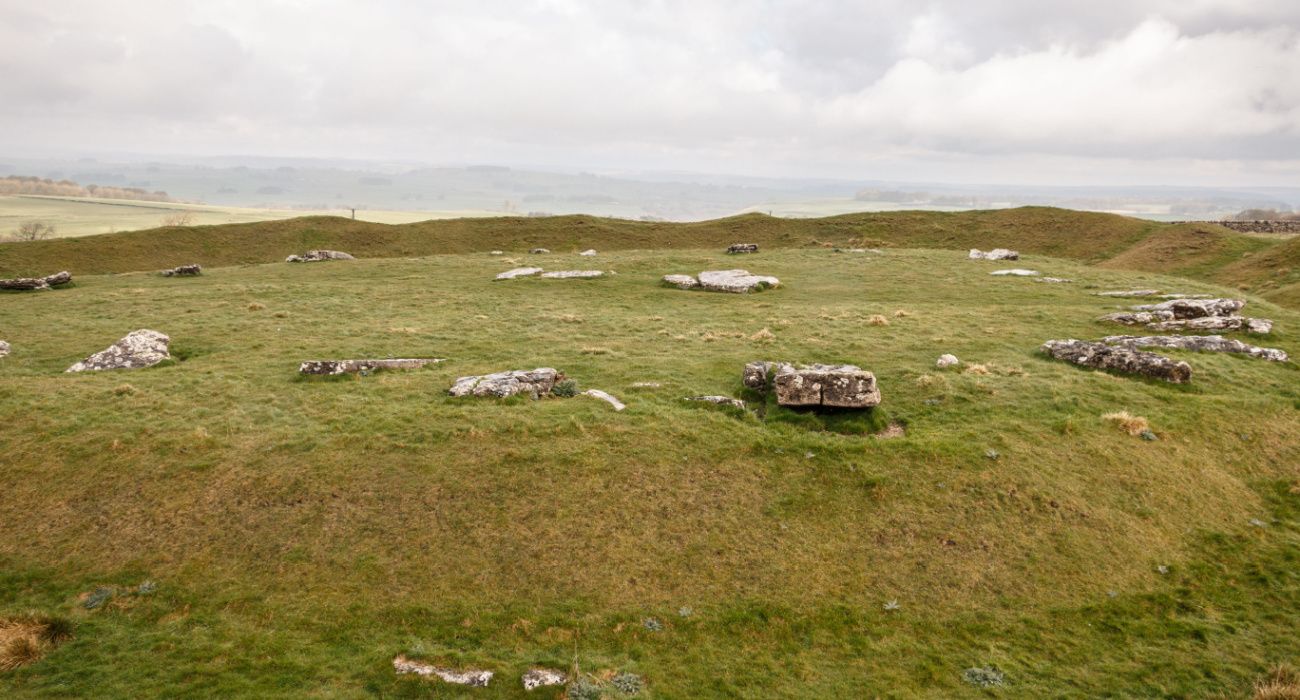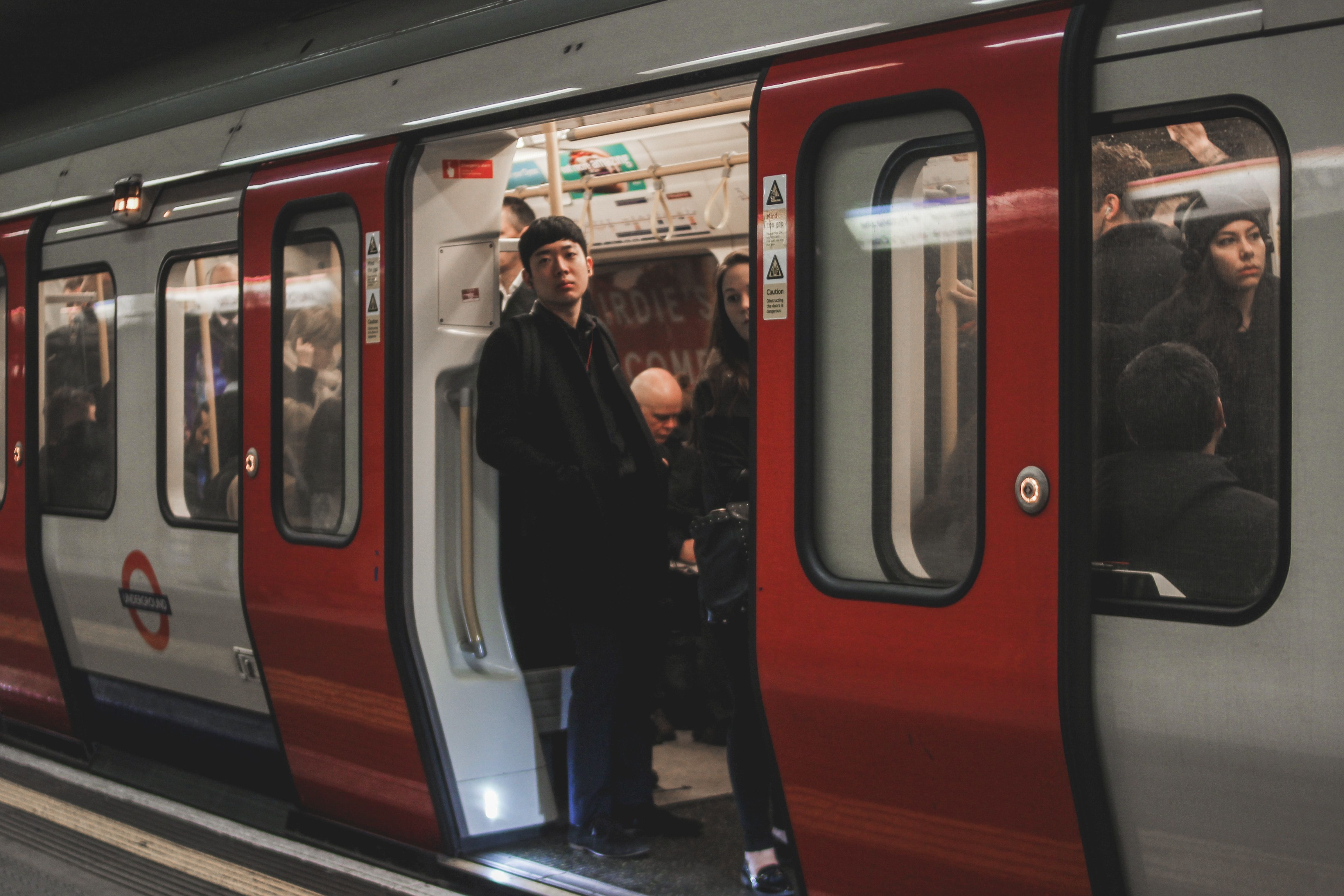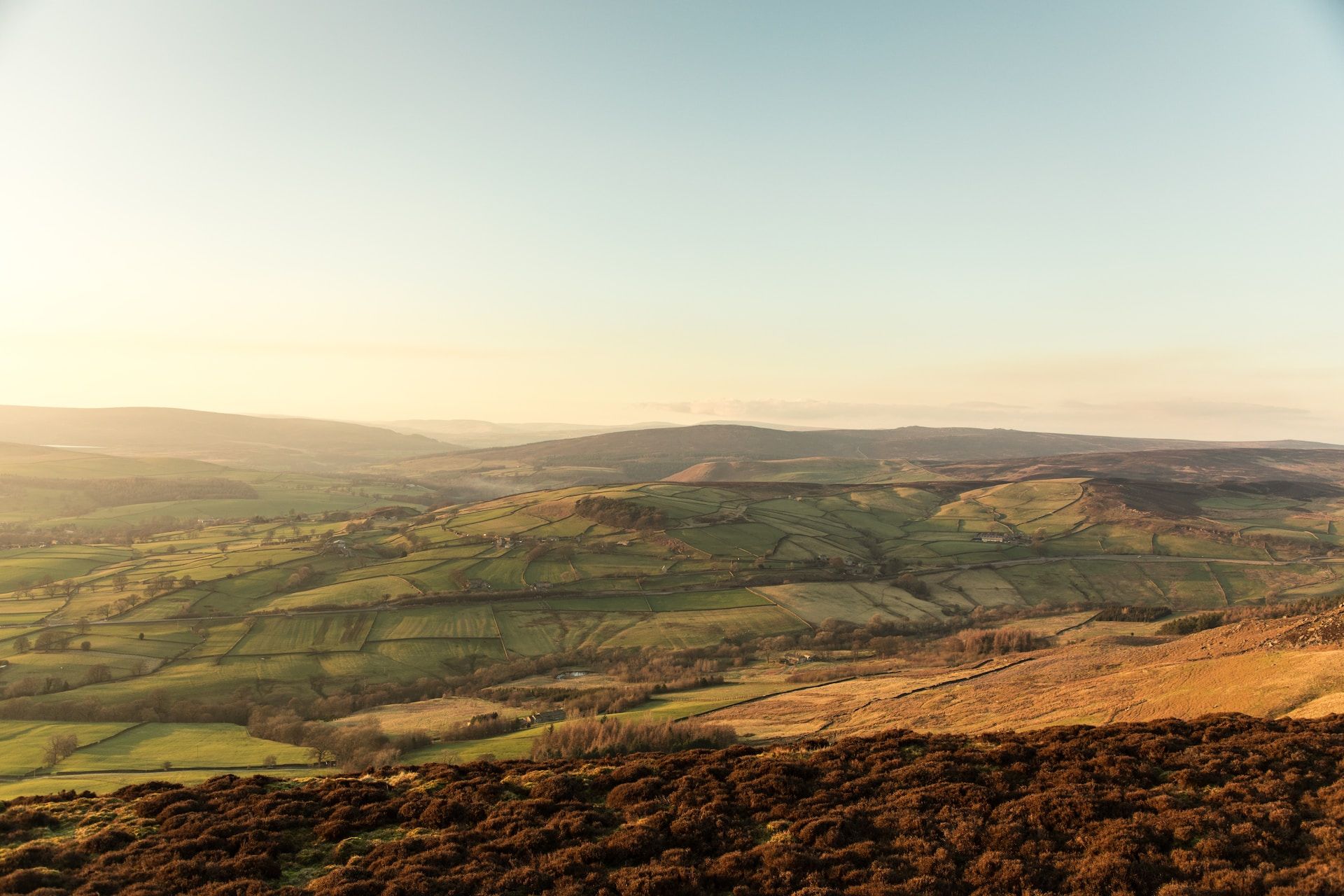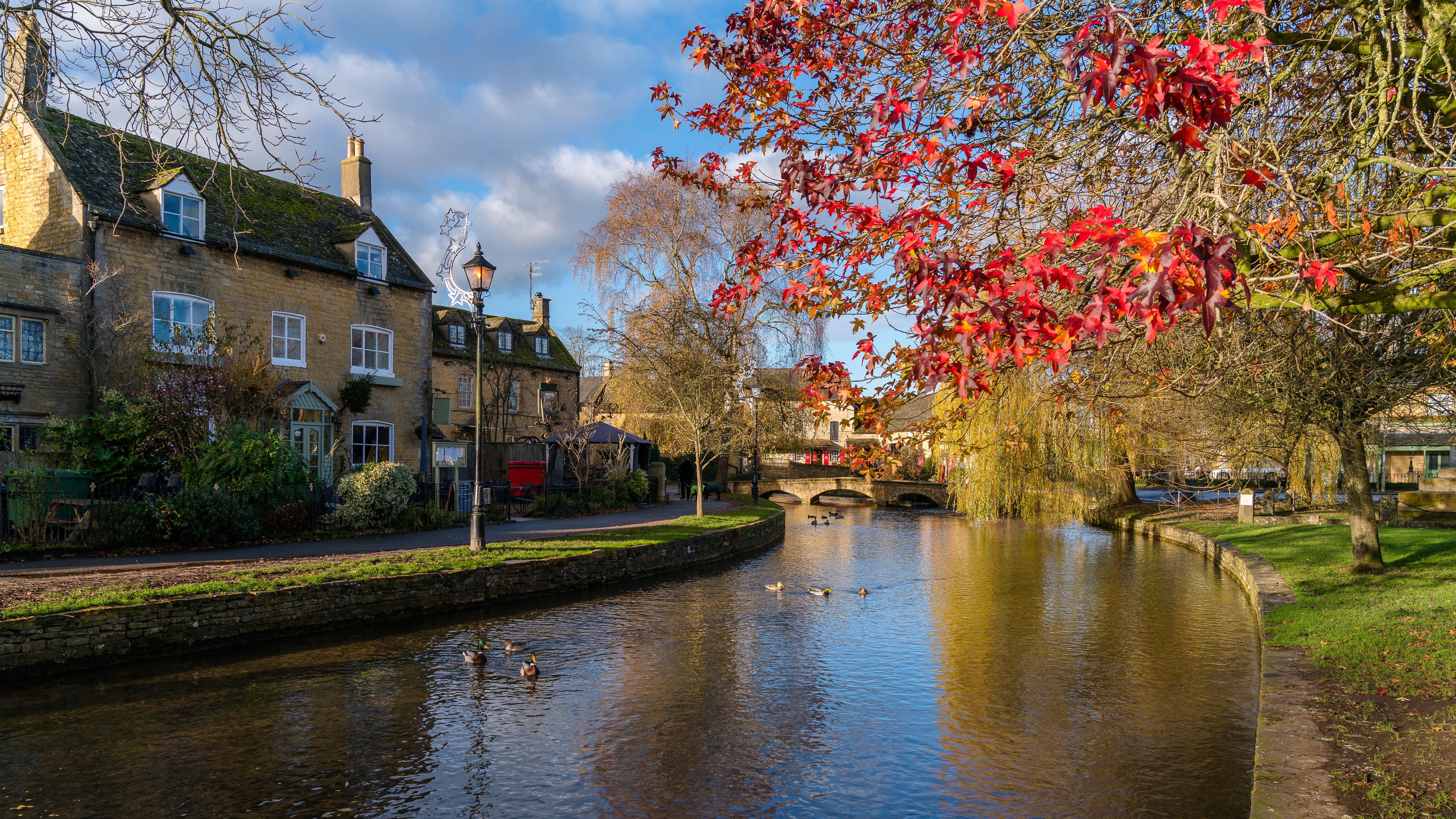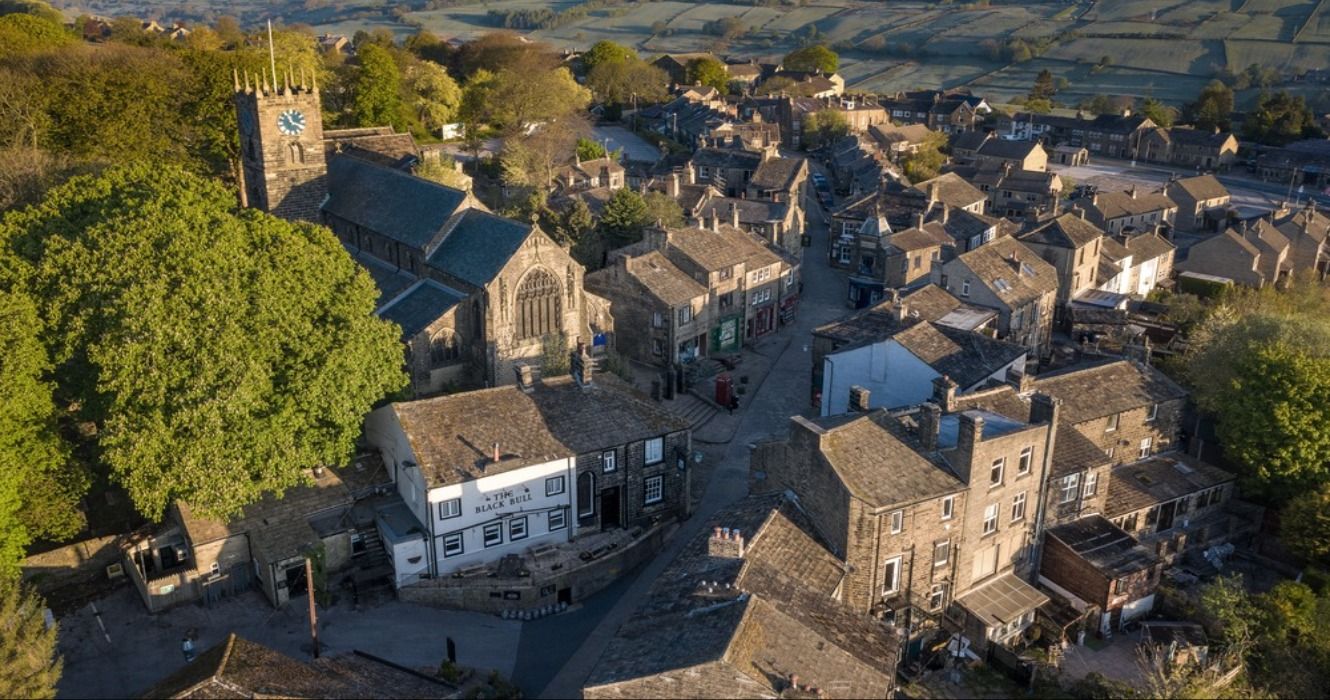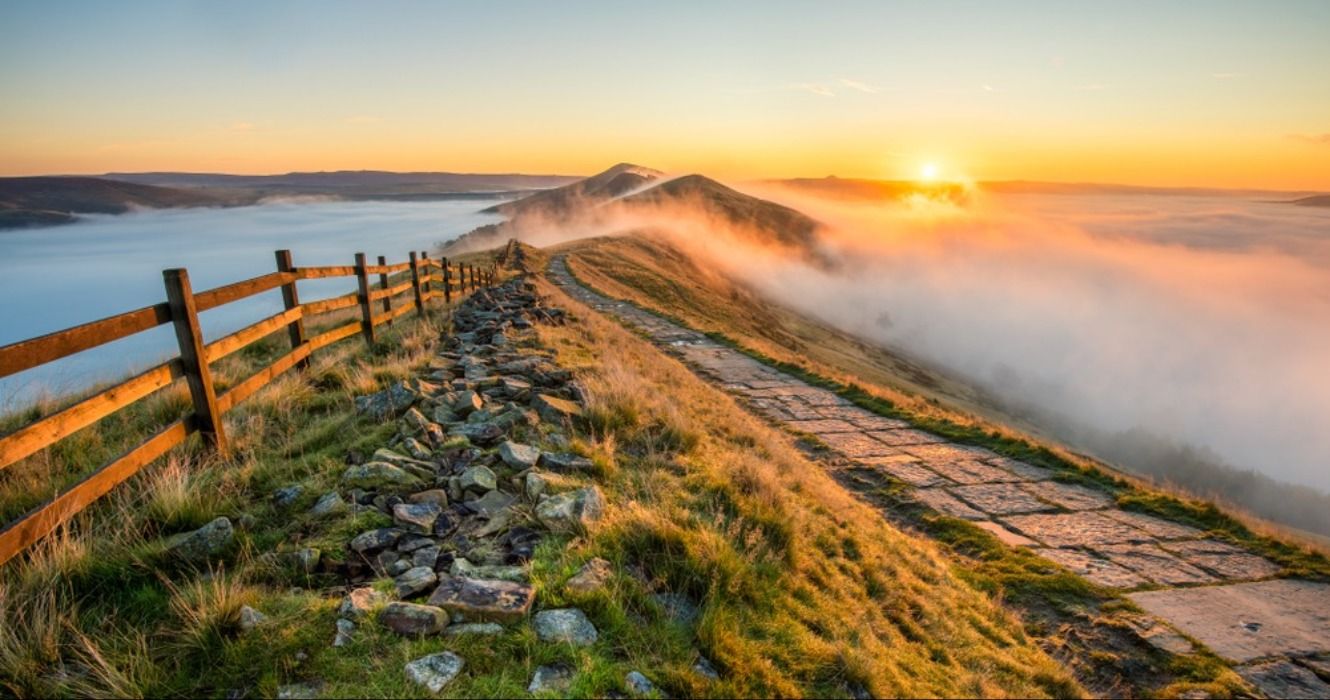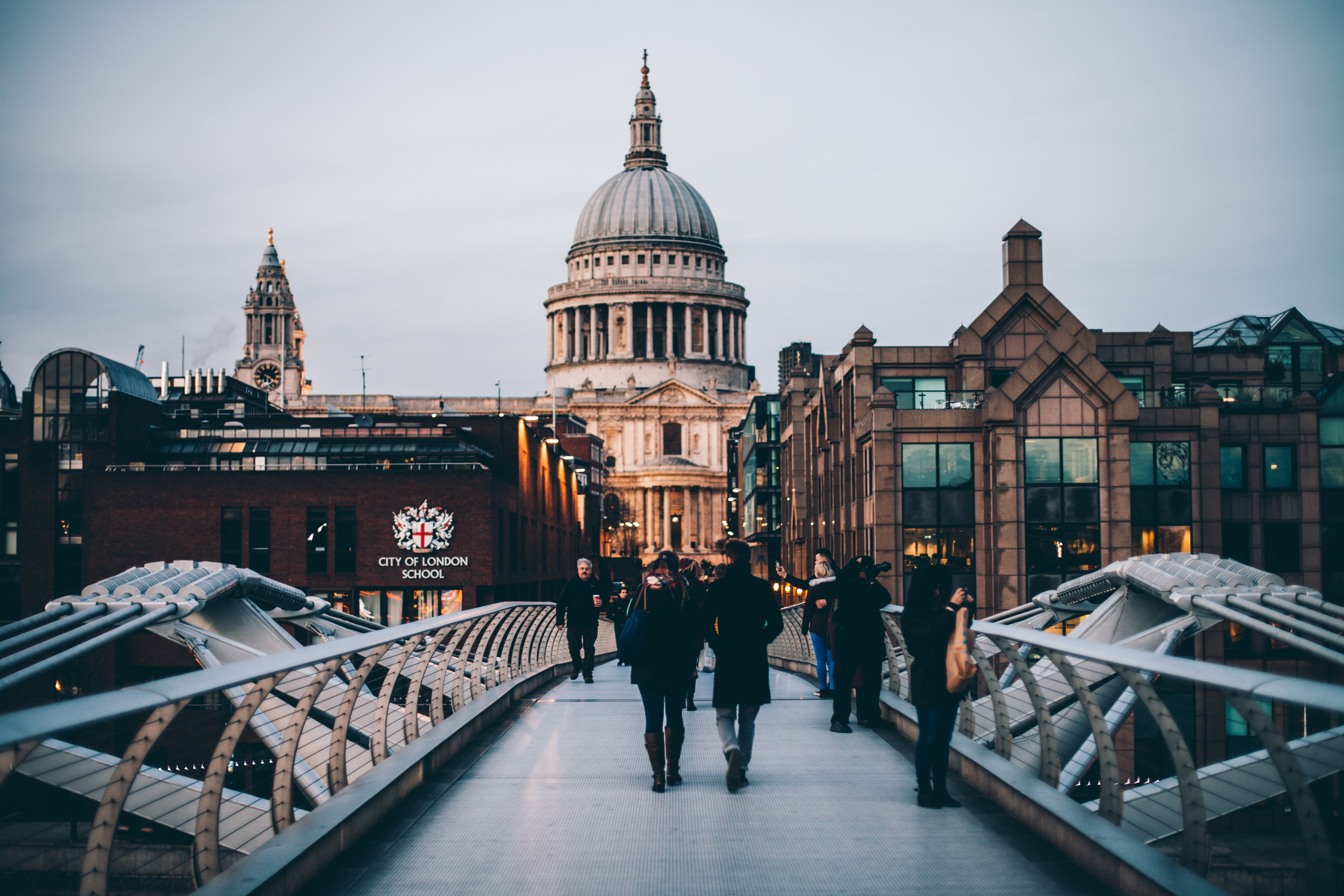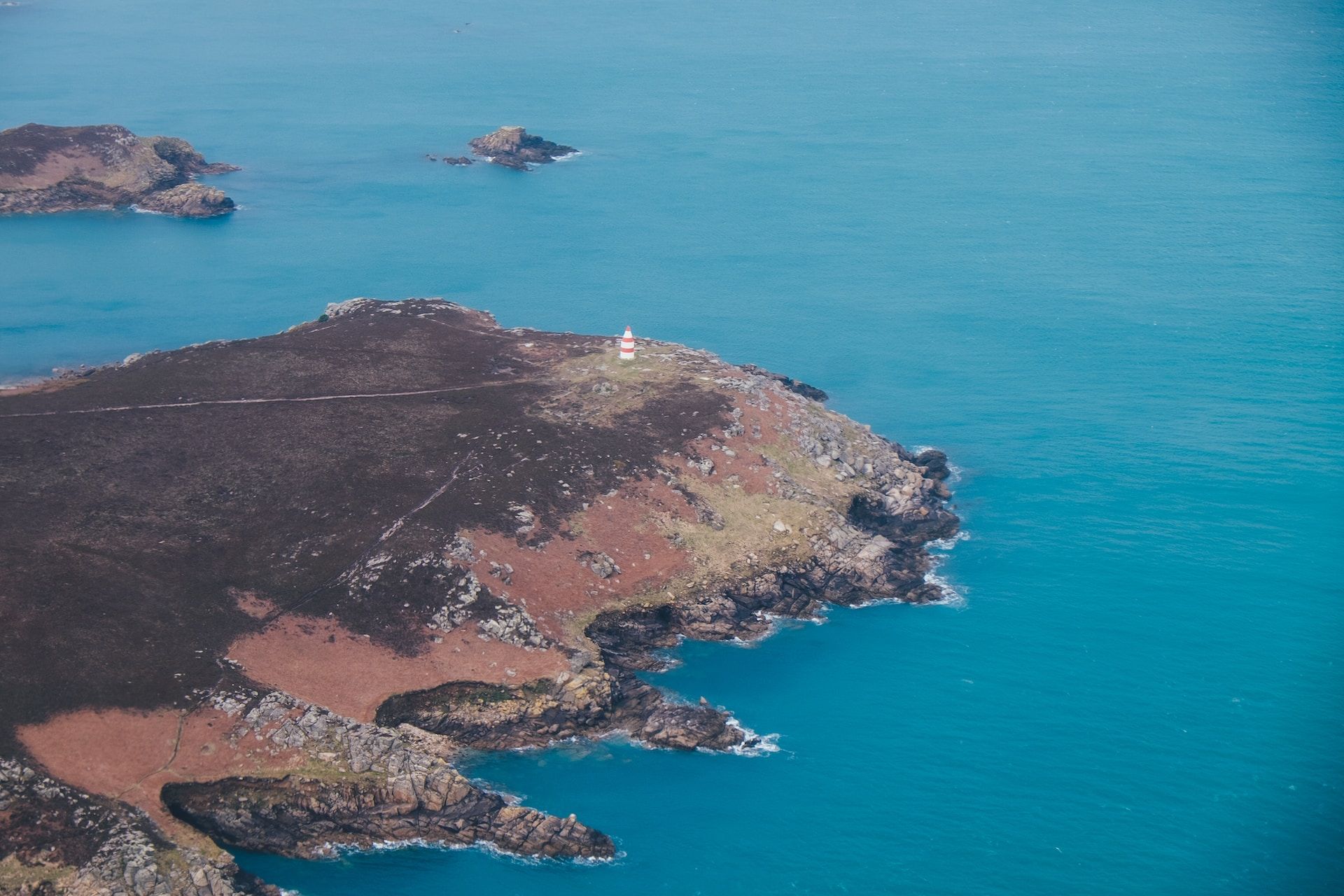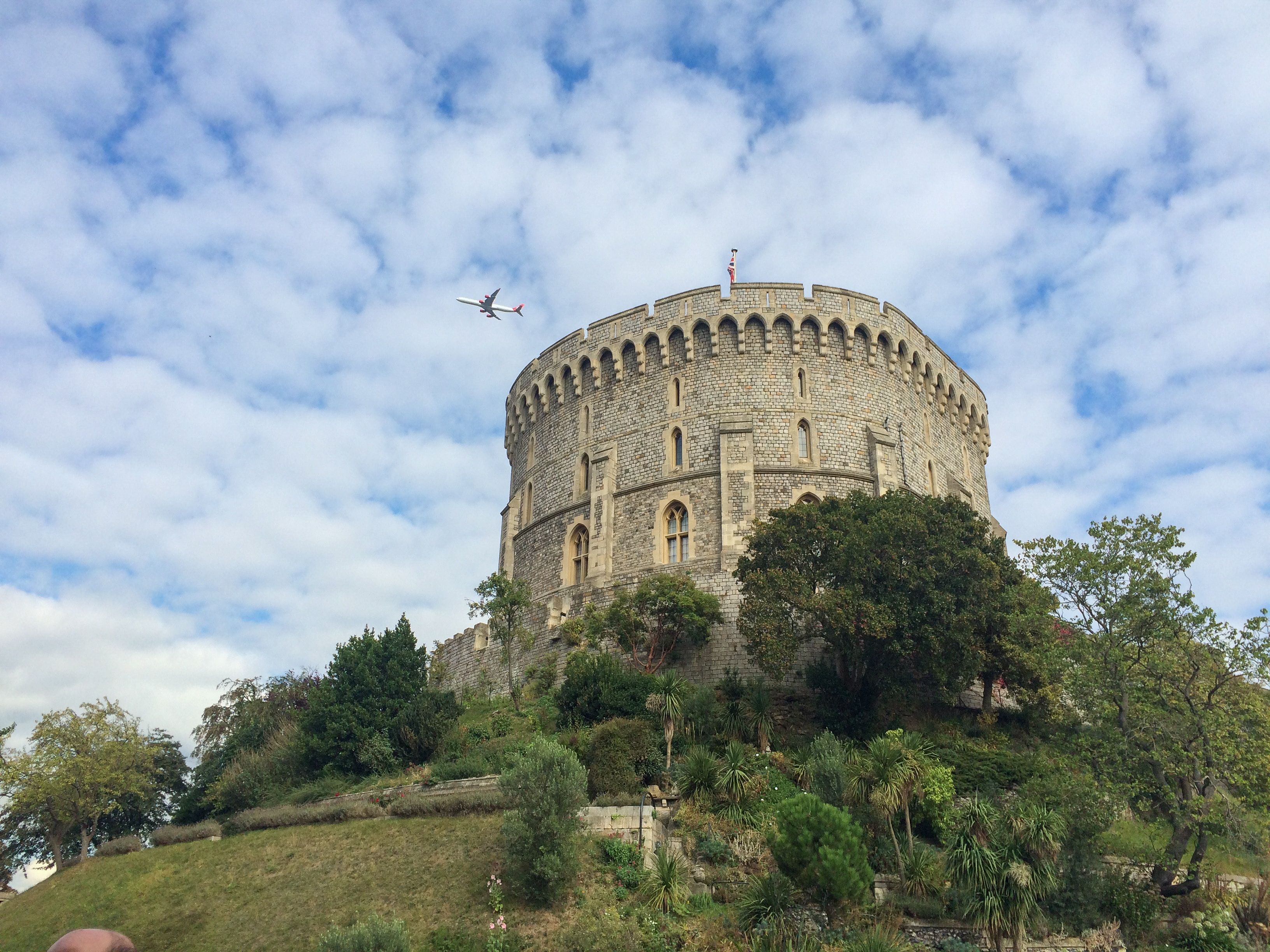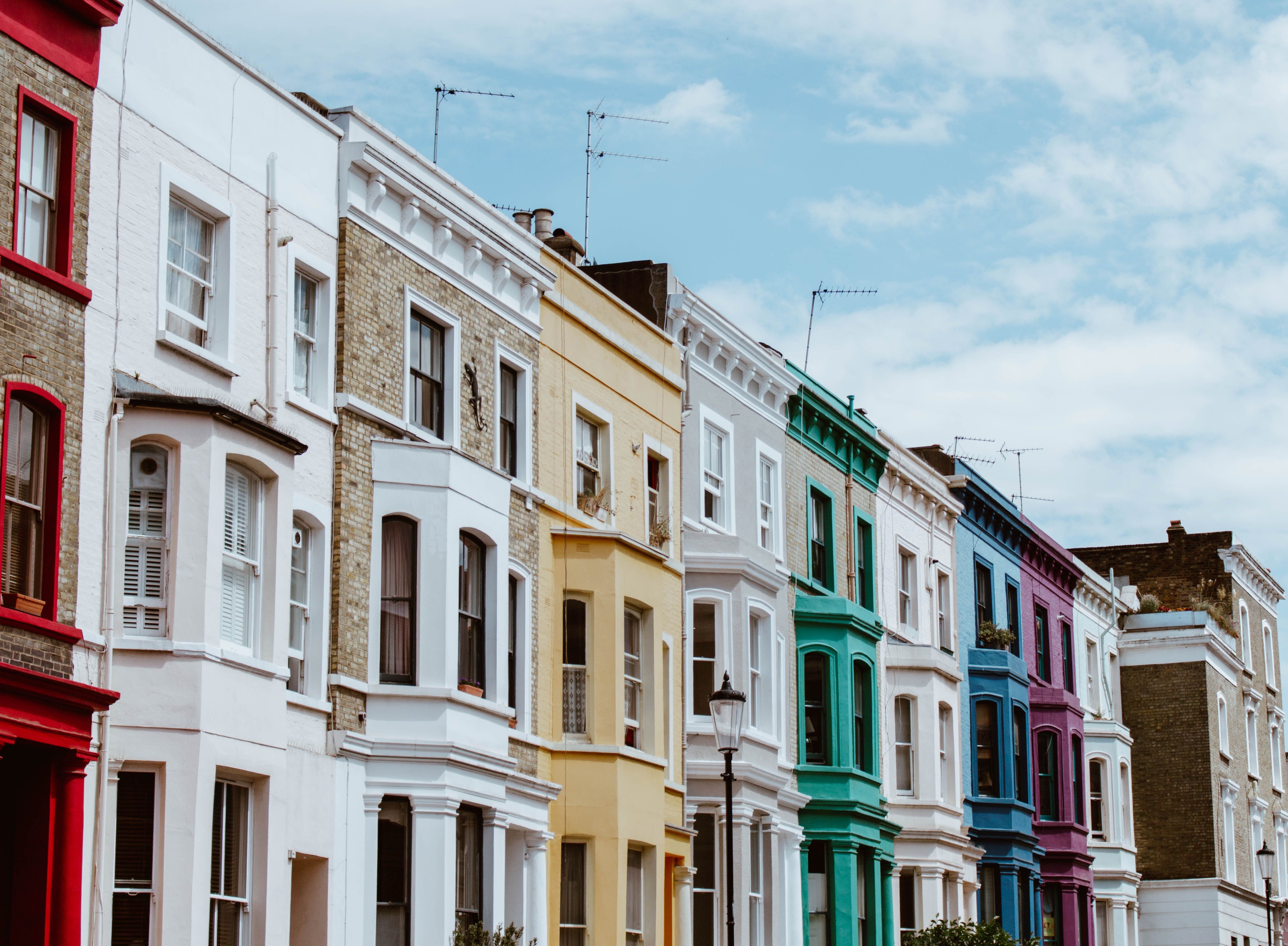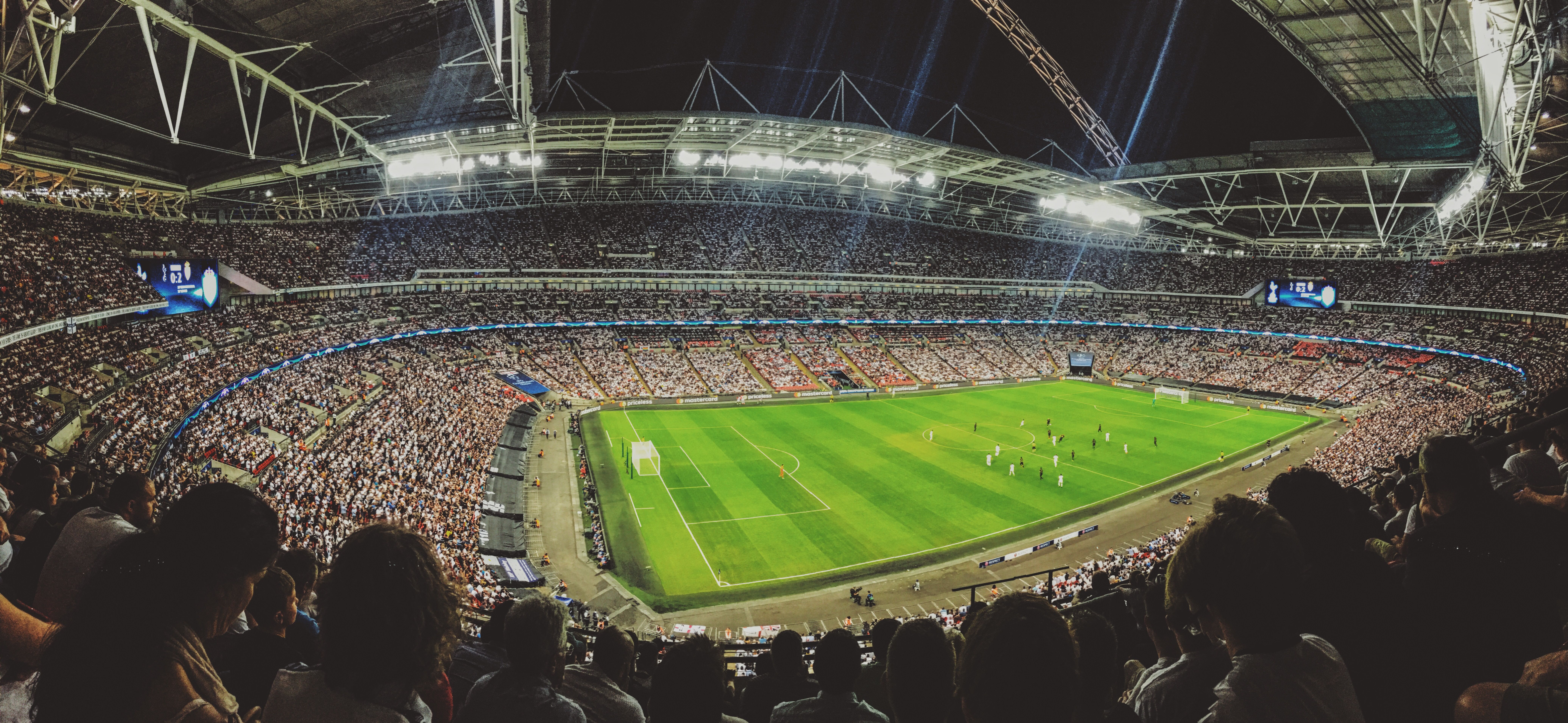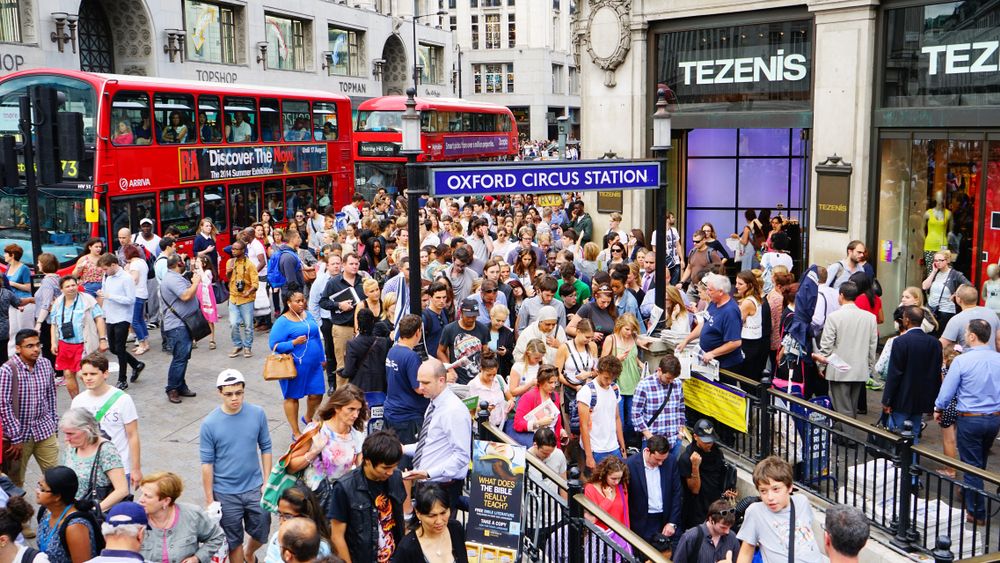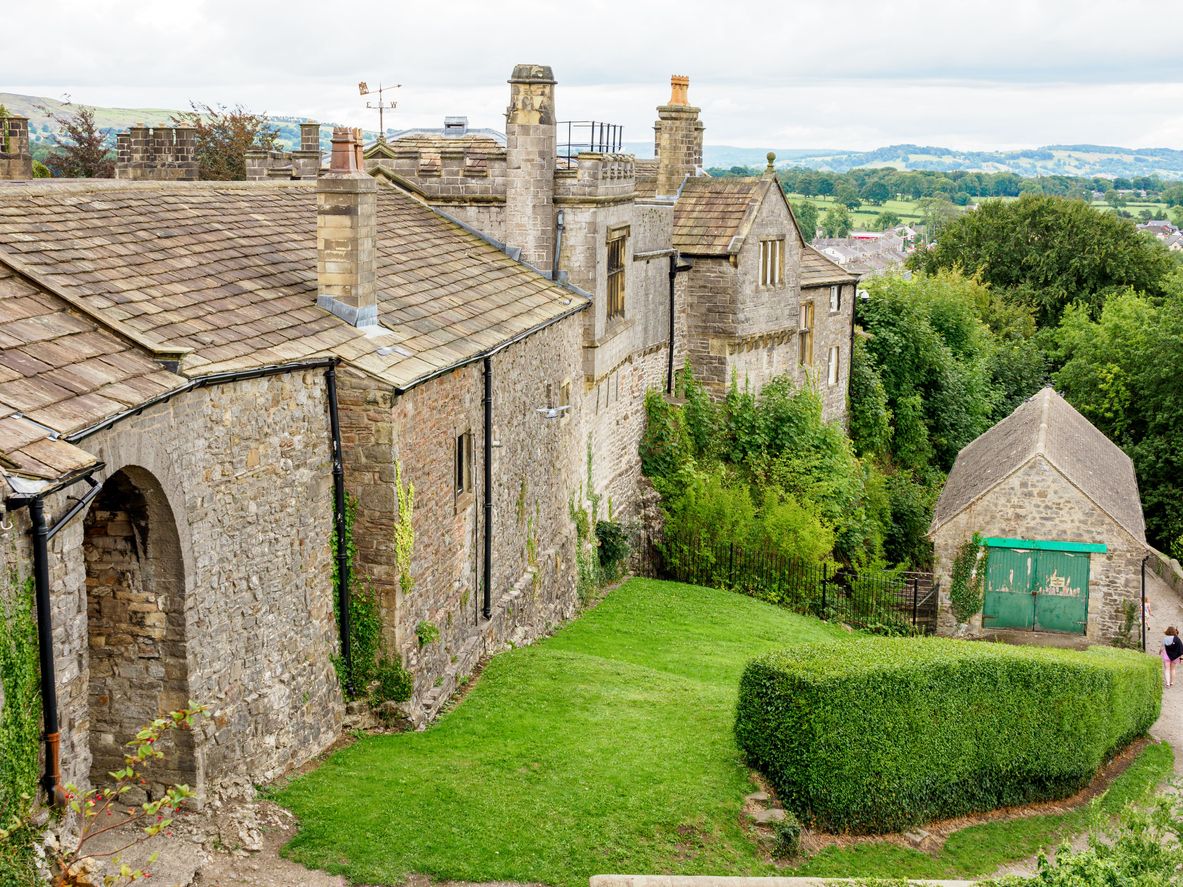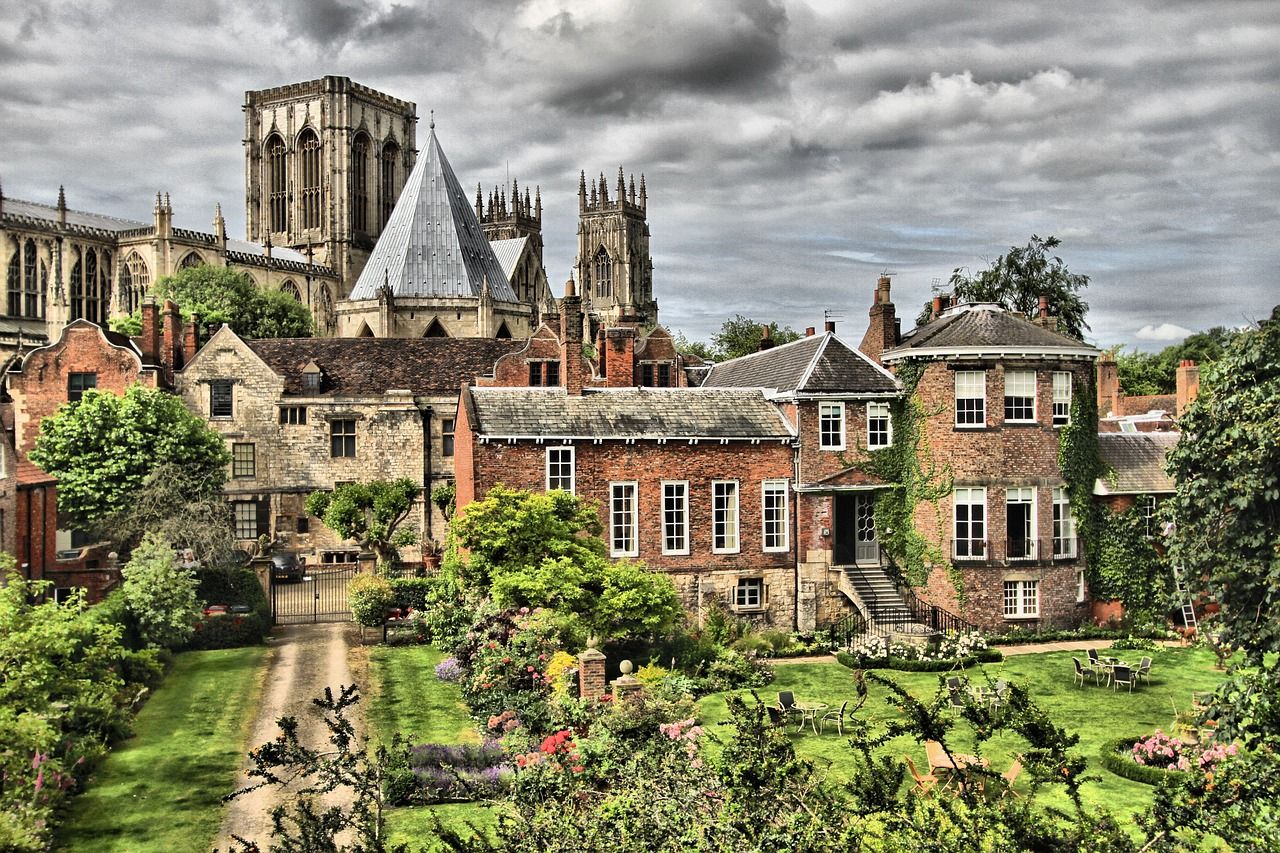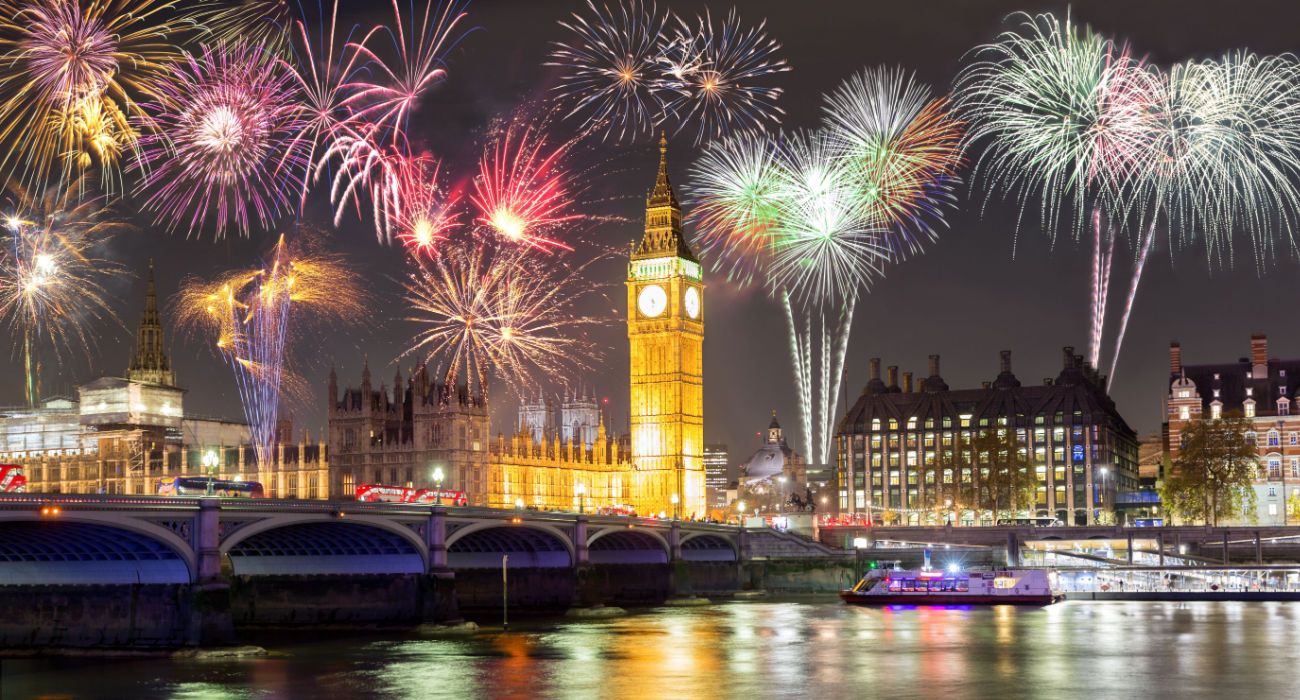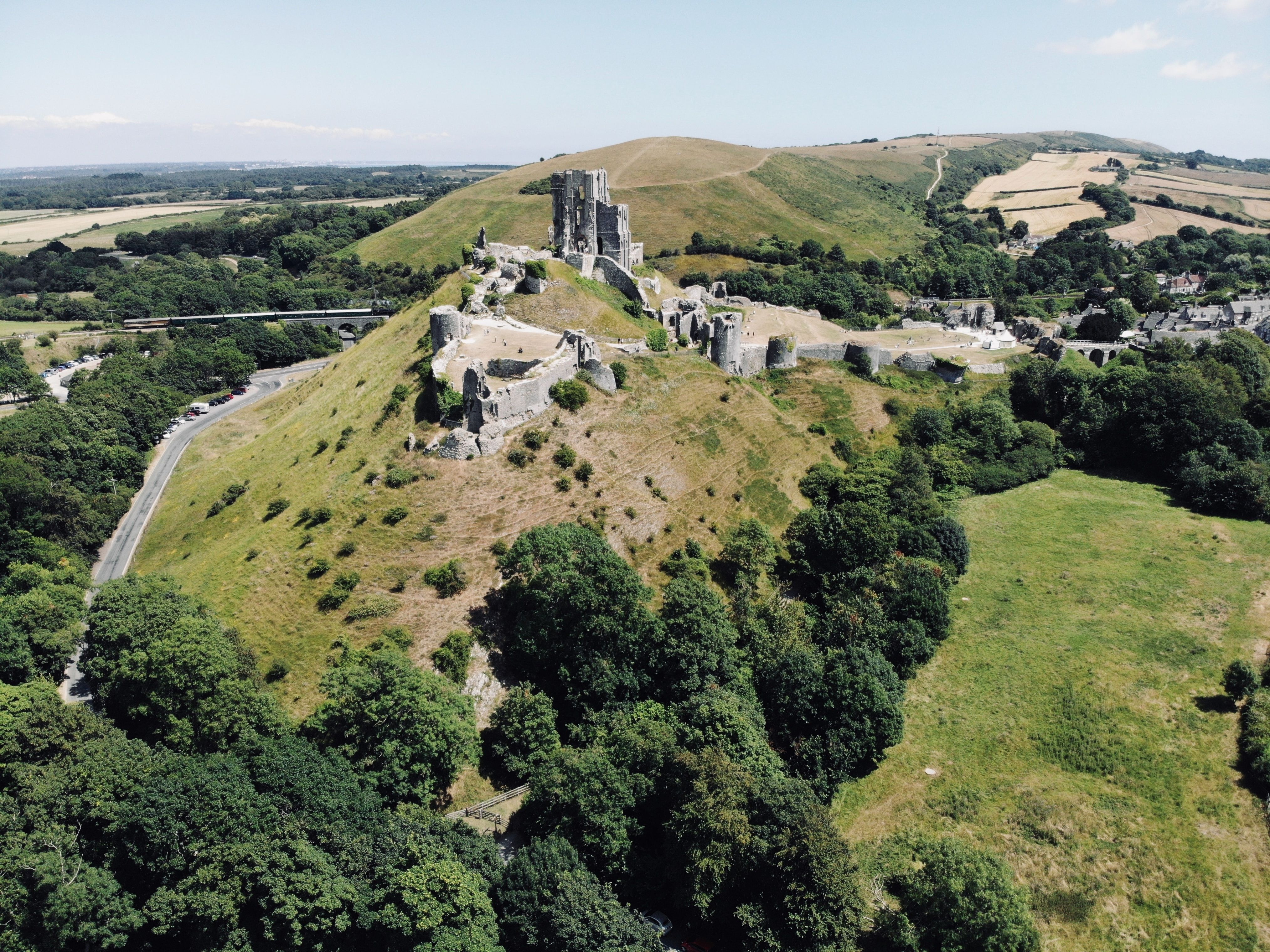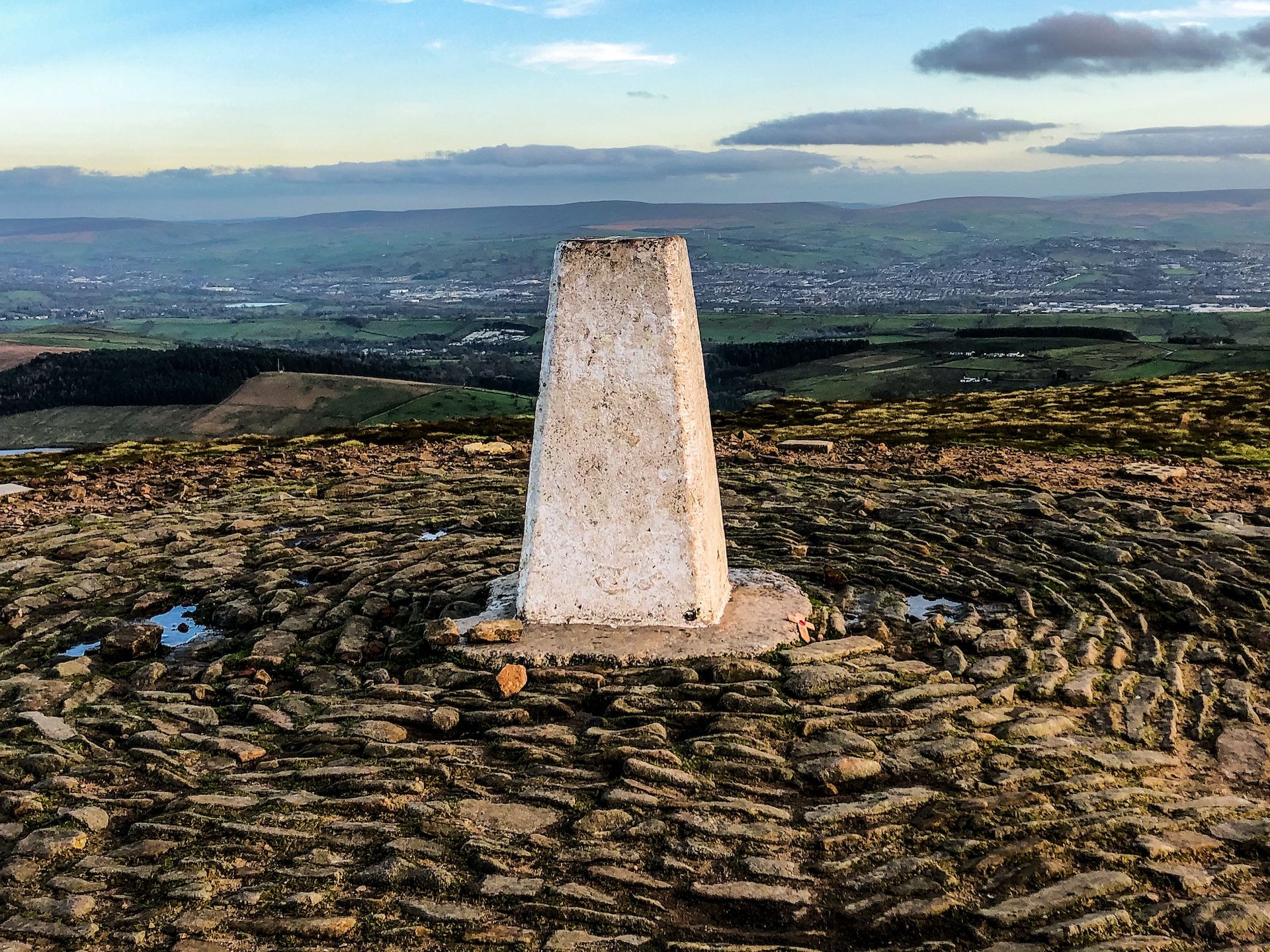Read update
- There is more to know about the differences between North and South England that goes beyond the serotypes. This list has been expanded to include details about the landscape and transport system in each region.
Summary
- The North of England offers rugged landscapes, historic towns, and dramatic coastlines, while the South features picturesque countryside, charming villages, and sandy beaches.
- The sense of humor differs between the North and South, with Northerners being more over-the-top and relatable, while Southerners are drier and sarcastic.
- The North has harsher accents compared to the more posh accents associated with the South. Weather-wise, the North tends to have worse weather and less sunshine than the South.
England has many places to visit beyond London. Of course, travelers can notice cultural differences when traveling within the country. Stereotypes are present in every single walk of life, especially when it comes to geographical locations. People think they know everything about any given area or destination when in reality, they may not even know half of it.
When it comes to the North vs South England differences, travelers will discover differences from History to public transportation. Here are some of the major differences between the north and south of the country. It's also the chance to discover some of England's oldest historic towns while learning more about its fascinating culture.
UPDATE: 2023/10/07 11:42 EST BY LUANA FERREIRA
There is more to know about the differences between North and South England that goes beyond the serotypes. This list has been expanded to include details about the landscape and transport system in each region.
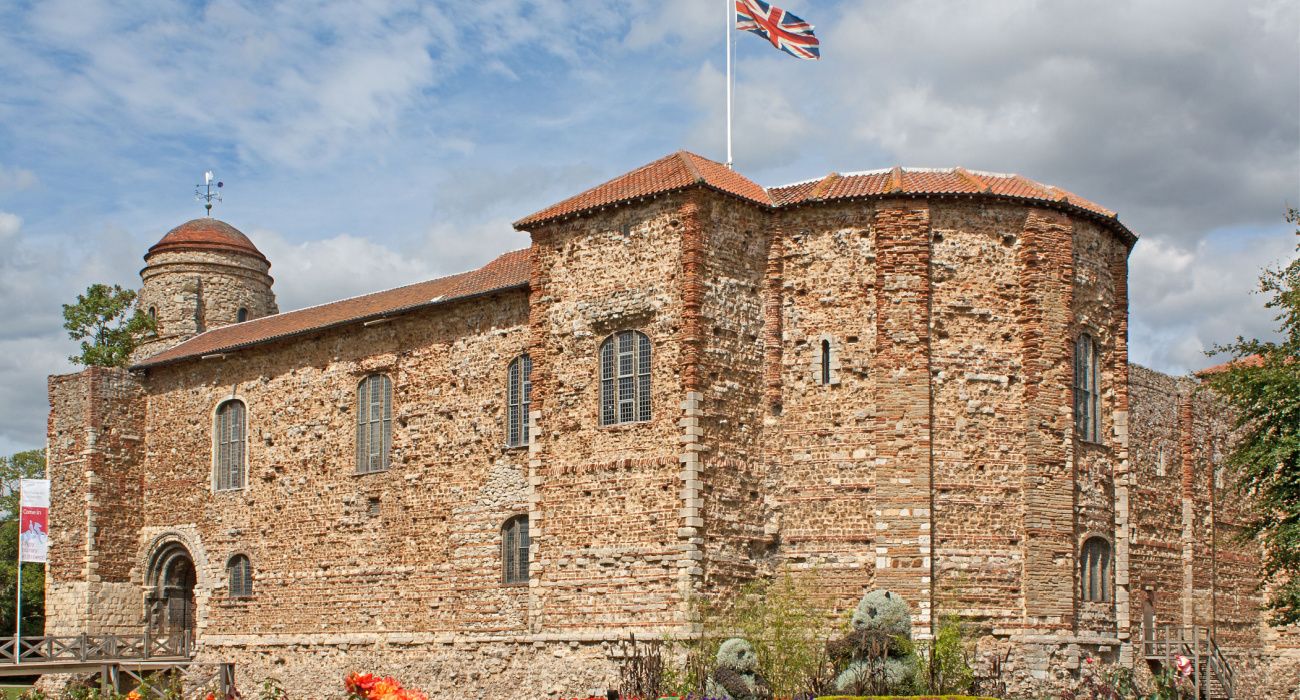
England's Medieval Colchester Castle Is Built On One Of The Oldest Roman Britain Temples (& You Can Visit)
The Temple of Claudius was the largest Roman temple in Britain and visitors can see its foundations under a Norman castle.17 Transport Links
When navigating in England, travelers will notice the differences in public transportation. The South generally has better transport infrastructure, including more extensive train networks and motorways. The region boasts superior transport links, with a vast network of trains and well-developed motorways.
In North England, transportation infrastructure is generally perceived as less extensive than in the South, leading to longer travel times and potentially limited accessibility to certain areas. As a result, ongoing requests have been made to improve transport links in the North, recognizing the importance of a robust transportation system for regional development.
Despite the differences, the best ways to travel in England are still trains, buses and coaches services.
16 Scenery
The North is known for its rugged landscapes, including the Lake District and Yorkshire Dales. These areas are a haven for outdoor enthusiasts, famous for their many hikes and popular among cyclers. The North's dramatic coastlines, such as those in Northumberland and Cumbria, also rank as the most famous places in the North.
The South of England features rolling hills, meandering rivers, and charming villages. The picturesque countryside of the Cotswolds and the idyllic landscapes of the South Downs National Park are emblematic of this region.
The Southern coastlines offer sandy beaches, chalk cliffs, and charming coastal towns, providing a serene backdrop for relaxation. The New Forest, its ancient woodlands, and the iconic White Cliffs of Dover further contribute to the South's diverse and appealing scenery.
- Famous places in the North: The Lake District, The Yorkshire Dales, Northumberland National Park, Peak District National Park
- Famous places in the South: The New Forest (Hampshire), Jurassic Coast, Isle of Wight
15 The Comedy
The sense of humor in the North is very different from the sense of humor in the South, which is the simplest way one can put it. Northerners are a little bit more over the top, a bit more relatable, and tend to be a bit more willing to mock themselves with their work.
Southerners are a little bit drier and sarcastic, and to be honest, that dynamic works really well. It’s really easy to like and enjoy both styles and on many occasions, the two overlap quite nicely.
Every country has a particular sense of humor, and England is no different. Whether in the North or South, English people tend to be ironic and sarcastic, so travelers shouldn't make it personal when dealing with it.

5 Reasons Why Brits Love London (And 5 Reasons Why They Hate It)
London may seem amazing to foreigners, but to the Brits, is it really all that great? Take a look as we look at the love/hate with London.14 The Accents
If one thinks about what a standard, stereotypical English accent sounds like the first one they remember, then more often than not, they’re thinking about a Southerner’s accent. It’s a little bit more 'posh,' and it tends to be the common representation of the English native language on most TV shows and movies.
Again, though, in the north, it’s a little different. Their accents can sound a lot harsher to the untrained ear when in reality, that’s just how they talk.
If one travels 15–20 miles down the road in most southern counties, they’ll probably hear the exact same accent, but that’s rarely the case in the north.

10 Best Places For Vegan Fast Food In London
If you're a vegan and you're planning a trip to London, make sure to hit up some of these spots for some great animal-free eats!13 The Food
In order to properly convey the difference between the two ‘styles,’ the most stereotypical British dish one can order is fish & chips. If one goes to the north for this delicacy, there’s a good chance that one of the primary ‘toppings’ available is gravy and perhaps even curry sauce.
In the south, they don’t seem to gravitate towards the idea of lathering chips in any kind of sauce or substance – aside from ketchup, which is fairly standard. Gravy is a big talking point over there, folks.
- What to try when visiting the North: Yorkshire Curd Tart, Stottie Cake, Pasty, Parkin, Potted Shrimps, Sausage roll
- What to try when visiting the South: Cream tea, Dorset apple cake, Sussex pond pudding, Winchester pudding, Sussex sole, Cornish past, Jellied Eels
12 The Friendliness
There are plenty of Southerners who are perfectly nice and approachable, but let’s be honest, there are levels to this game. When one goes to the north, the locals there are just much more relatable and friendly to talk to. A lot of the time, regardless of the establishment, it can feel like outsiders are being judged down in the south – especially if they go to a particularly 'posh' tourist spot.
The standard phrase that is used is 'the gift of the gab,' which kind of sums up the difference between the two regions perfectly.
When in England, the best way to blend in with locals is by hanging out in pubs and bars where locals go. Taking calls or workshops can also be a way to make new local friends.
11 The Weather
Yes, it rains a lot in England, but that seems to suggest that the weather is exactly the same in every single part of the country. That just isn’t the case, and as tends to the way of things in America, it’s all about the north/south divide.
Northerners, naturally speaking, tend to have worse weather on a consistent basis than Southerners, and that’s just the way it is. Travelers are much more likely to find a spot of sunshine in the south than they are in the north.
- London has approximately 106 rainy days per year
- Wight, Brighton, and parts of Cornwall tend to be the warmest places in England
10 The Sizes
Because Yorkshire is pretty well known for being the biggest county in the country, the general thought process for many is that the north is bigger than the south. Upon taking a quick glance at a map, though, one will realize that isn’t the case.
A lot of folks outside of the UK mistake Scotland for being part of the English ‘north’ due to how it appears on a map, and in equal measure, people tend to forget about how much of an impact Devon and Cornwall have on the south.
- The biggest city in the north of England is Manchester.
- Unsurprisingly, London is the biggest city in the South.
9 The View On Midlanders
The Midlands don't really belong to either of these two categories in a traditional sense. However, interestingly enough, the north and south seem to have polar opposite viewpoints in regards to where the Midlands ‘belongs.'
To put it simply: the north believes that the Midlands counts as the south, and the south believes that the Midlands counts as the north. In reality, neither of them is correct, but such is the nature of debating English culture.
The Midlands is a region in central England, situated between the North of England and the South of England. It is not an officially defined area but is commonly understood to encompass parts of several English counties. The Midlands includes areas from counties like Staffordshire, Warwickshire, Derbyshire, Leicestershire, Nottinghamshire, and others.
8 The House Prices
Firstly: One shouldn't be restricted to house prices because the general price of things, general, needs to be brought to their attention. Case in point: People should try and find a pint of beer for £2 in the north, and they’ll have a lot of success, but in the south, that’s like finding gold at the end of the rainbow.
In terms of houses, though, it’s even worse. If they want to get a one-bedroom studio apartment in the middle of London with a communal garden, then that’s fine. However, one could probably get themselves a three-bedroom house in the north with a good acre or two for the exact same price.
- Average house price in the North: £211,081 (approximately $258,362)
- Average price in the South: £504,119 (approximately $617,041)
7 The Sports Culture
Everyone in England loves sports, and when one says everyone, they mean literally anyone. That’s especially true of sports such as football (soccer) and rugby which, as one can imagine, gain a lot of traction in England due to the history behind them within the country.
However, especially in football, it just feels like there are different levels to the support system over there. If one tries and compare Arsenal and Chelsea fans to Liverpool and Leeds fans, they’ll see a very, very clear difference in terms of how much it means to them. Essentially, the South is a bit more chilled out, which is cool, whereas the North lives and dies by the badge on their shirt. As with everything on this list, though, individuals are different.
6 The Politics
This one is going to sound particularly stereotypical, but, of course, one needs to understand that there are going to be abnormalities in play. If one looks at the statistics, the north tends to lean more towards Labour, whereas the south tends to lean toward the Conservatives.
In addition to this, there was a pretty clear divide in the Brexit vote from a few years ago. A lot of it comes down to money and other factors.
5 The Difference Is Deepening
According to an article published by The Guardian in 2021 and amended in January 2022, the North-South divide is deepening in England. The article focused on the economic aspects of the divide. It noted that the southeast of England is home to only one-third of the population of the United Kingdom but accounts for 45% of its economy and 42% of its wealth.
- Trend: Deepening
Who knows if this divide will continue to grow or if the other aspects of the divide are growing two or not? Time will tell.
4 No One Agrees Exactly Where The Boundary Is
While Wikipedia describes the North as being England's North East, Yorkshire, and the Humber, North West (including Merseyside and Greater Manchester), in other words, it does not include the Midlands and Birmingham (England's second-largest urban area).
At the same time, a BBC article on England's north/south divide basically places the boundary south of the Midlands and down to the southern border with Wales near Bristol. According to this BBC article, Birmingham is part of the north.
- North/South Border: Somewhat Disputed
Go to England and talk with the English, and few would consider Birmingham to be "the North." Most consider it to be just the Midlands.
For sure, Manchester, Newcastle, Liverpool, and York are "the North," but one will tend to find some disagreement as to what is the North/Midlands/South as one moves south towards the Midlands.
3 The South Has London
In the context of England, London is a really, really, really big deal. London is home to much of everything in England. Just about everyone visiting England (and the United Kingdom) will visit London. It was once the largest city in the world, and today it is a massive city with a metropolitan population of around 10 million - the next largest cities in England are only around a quarter of the size. London is at the heart of the business, finance, art, political, cultural, and other life of England.
2 Game of Thrones
While Game of Thrones is fantasy, it is inspired by and based on the United Kingdom. The Wall is drawn from Hadrian's Wall that separated Roman Britain (now England and Wales) from Caledonia (now Scotland). Winterfell and The North are based around the north of England - especially the historic city of York. King's Landing is based in London. One can get some sort of sense of this historic division of North and South England just by watching Game of Thrones.
- Game of Thrones was also filmed in Croatia, Malta, Morocco, Iceland, Scotland, Belfast, Spain and Ireland.
1 The North Is Less Touristic Than The South
Most of the English who holiday in England (as opposed to going to the South of France or Spain) will normally head south. The English love to holiday in Cornwall, the historic Roman & Gregorian city of Bath, the Isle of Wight, and of course, London. Comparatively, few people head north (although the Lakes District and the historic city of York-which can also be a spooky place- are attractions). Go north, and one will find far fewer domestic and international tourists and holidaymakers.

